I enjoy people . I love to engage with, talk with and listen to people. By nature I ask many questions, as my greatest learnings come from everyday, busy people just like me. And its often where the best ideas for future books and projects stem from people just like you.
This is exactly how the Wellness Trilogy came to be. From conversations on our Facebook page, emails to info@4ingredients.com.au and your interest at my public engagements, the most frequently asked questions are; when are you bringing out a 4 Ingredients book relating to Gluten, Lactose, Diabetes and Allergies? So for you all... Here they are!
Three beautiful, affordable books each with over 60 quick, easy and delicious recipes aimed to encourage us all; not only to eat better, but to prevent... Prevention is the best Medicine!
What is a Food Allergy?
A food allergy is an overreaction of the bodys immune system to a specific part of a food, usually a protein. When someone is allergic to a food, the food they are allergic to is called the allergen. An allergy can be mild, a little more than uncomfortable or severe. People with an allergy have an immune system response to a substance which for most, is harmless. Triggers of allergic reactions include foods, medications, pollen, dustmite, latex, insect stings or bites and for a small minority, even exercise!
Food allergy and food intolerance are different although some of the signs and symptoms of reactions can be similar. Food intolerance is not an immune system response. Unlike food allergy, people with an intolerance to a food usually develop signs and symptoms many hours later and they generally involve the skin (hives, redness, swelling) and /or the gut. It is important that a person thought to have a food allergy or food intolerance consults their doctor for accurate diagnosis and management.
The Australasian Society of Clinical Immunology and Allergy (ASCIA www.allergy.org.au) reports that about one in 20 children and one in 100 adults have food allergies. About 60 percent of allergies appear during the first year of life (cows milk allergy is one of the most common in early childhood) but many children outgrow allergies to milk, egg, wheat and soy during their childhood years. The tendency to be allergic can be familial. Whilst you do not inherit food allergy , children who have one family member with an allergic disease (such as asthma or eczema) have a 20 to 40 percent higher risk of developing an allergy of some sort. If there are two or more family members with allergic disease, the risk increases to 50 to 80 percent. This means that a child whose parents both have an allergic disorder such as eczema or asthma, is much more likely to develop eczema or allergic rhinitis (hay fever) or food allergy or asthma, or a combination of these conditions.
Allergy & Anaphylaxis Australia report that the most common triggers of food allergies are cows milk, egg, peanuts, tree nuts (such as almond and cashew), wheat, sesame, soy, fish and shellfish (such as prawn, crab, lobster). Whilst these 9 foods are the cause of 90 percent of food allergic reactions in Australia and New Zealand any food can trigger an allergic reaction including anaphylaxis (most severe form of allergic reaction).
What Does Allergy-Free Mean?
4 Ingredients Allergies is a collection of recipes free of these 9 common allergens and was written to satisfy an ever-increasing market demand for allergy-free recipes.
Allergy-free: For the purpose of this cookbook allergy-free refers to a recipe or ingredient free of these 9 major allergens:
Cows Milk | Tree Nuts | Sesame |
Eggs | Fish | Soy |
Peanuts | Shellfish | Wheat |
Allergies have emerged as a major public health problem in developed countries during the twentieth century. Australia and New Zealand have among the highest prevalence of allergic disorders in the developed world . Children with allergies are present in almost every school classroom and in 2011 a large Victorian research study revealed that 1 in 10 babies born in Australia will develop a food allergy (www.allergyfacts.org.au/about-us/foodallergyawareness) .
4 Ingredients Allergies was written with guidance from:
Allergy & Anaphylaxis Australia
Allergy & Anaphylaxis Australia (A&AA) is a not for profit organisation that works tirelessly to inform, support, educate and advocate for the needs of individuals and families living with food allergy and to support and participate in research. A&AA also works closely with health professionals, food industry and other key stake holders in improving allergy management world-wide. For more detailed information please contact www.allergyfacts.org.au.

Allergy New Zealand
Allergy New Zealand is a national membership-based, not-for-profit society. Their primary role is to provide information, education, and support to the many thousands of New Zealanders living with allergies, including those at risk of anaphylaxis, and to help them manage their or their childs allergy and live an active and healthy lifestyle.
Allergy New Zealand also represent their interests particularly to government, policy makers and the media, provide information and guidance to the health, education and food sectors, and support research. For more information contact www.allergy.org.nz.

WARNING
Every effort has been made to ensure the recipes in this cookbook list ingredients which are free of the 9 most common allergens listed above. However manufacturing processes can change as can ingredient labels. Always check the ingredients in any food you prepare, every time to prepare it.
Always check the labels on ingredients before buying or using, and avoid ingredients where there is a risk of cross-contamination e.g. bulk bins in supermarkets. If you have any concerns always check with the manufacturer. For allergen management information, specific to you or your child, speak with your family doctor or an accredited dietitian.
Anaphylaxis
The term comes from the Greek words
ana , against, and phylaxis , protection .
Anaphylaxis
Anaphylaxis or anaphylactic shock is an extreme allergic reaction that is rapid in onset and is potentially life threatening. A severe allergic reaction /anaphylaxis involves the respiratory system and / or the cardiovascular system. Simply speaking this means difficulty breathing and /or deterioration in someones level of consciousness / collapse because of low blood pressure. People having a severe reaction often also have skin symptoms such as hives and swelling and / or gut symptoms such as abdominal pain or vomiting but not always. The most common triggers of anaphylaxis include insect bites and stings, foods and medications. Anaphylaxis is uncommon but not rare, with new cases arising at rates of between 8.4 and 21 per 100 000. The prevalence of food allergy and anaphylaxis has increased significantly in the last 10 year period (Mullins R J. Anaphylaxis: risk factors for recurrence. Clin Exp Allergy 2003; 33: 1033-1040).

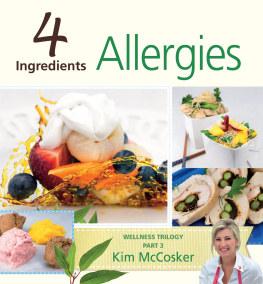
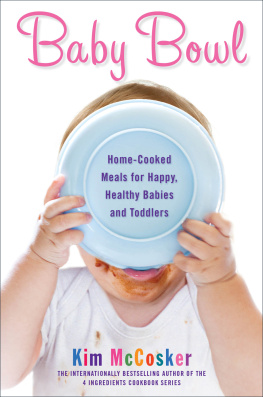



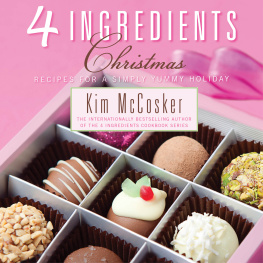
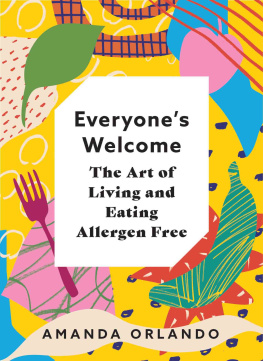


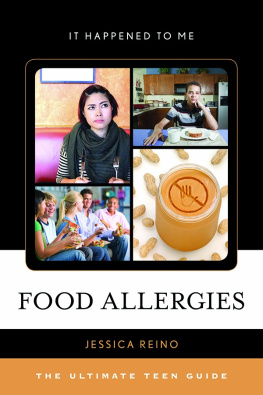
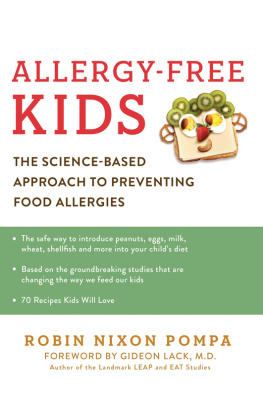
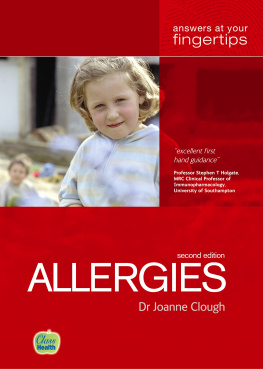
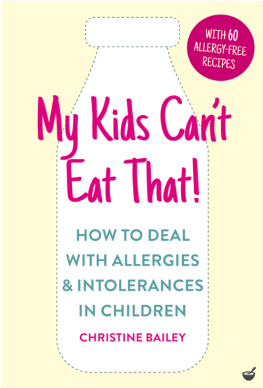

 throughout the trilogy.
throughout the trilogy.

